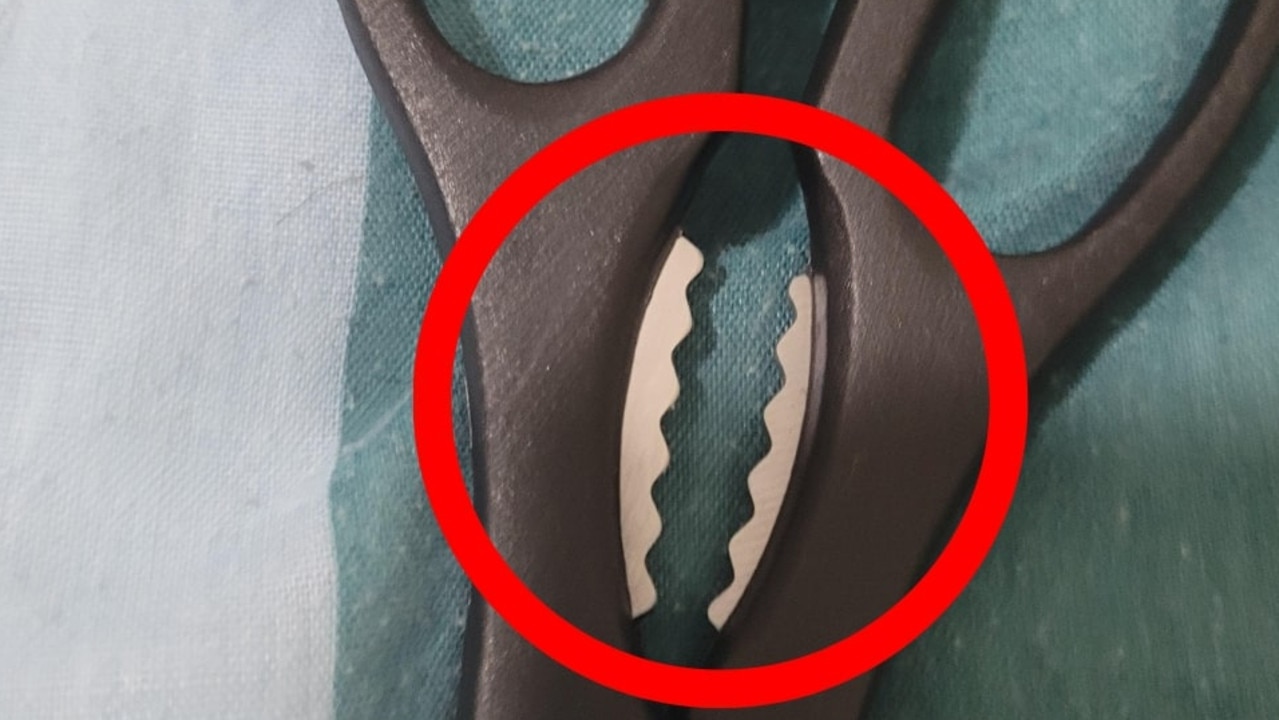What's That Metal Part on Scissors? Unraveling the Mystery of the Pivot
Ever wondered about that small, often overlooked metal piece nestled between the scissor blades? That unassuming component plays a crucial role in the functionality and longevity of your scissors. It's not just a decorative flourish; it's the pivot, and understanding its function can help you choose and care for your scissors more effectively.
The Pivot: Heart of the Scissor Mechanism
The pivot, also known as the rivet or screw, is the central point of articulation for your scissors. It's the crucial component that allows the two blades to move smoothly and efficiently against one another. Without a properly functioning pivot, your scissors would be useless, resulting in:
- Jagged cuts: A loose or damaged pivot can lead to misaligned blades, producing uneven and ragged cuts.
- Increased friction: A poorly lubricated or worn pivot increases friction, making cutting more difficult and potentially damaging the blades.
- Broken scissors: A severely damaged or broken pivot can render your scissors completely unusable.
Different types of scissors utilize various pivot mechanisms:
- Simple Rivet: This is the most common type, a single metal rivet that holds the blades together. It's often found in less expensive scissors.
- Screw Pivot: More sophisticated scissors often feature a screw pivot, allowing for blade adjustment and tightening. This offers greater control and precision.
- Bolster Pivot: This design incorporates a bolster (a metal reinforcement at the base of the blades) that also acts as part of the pivot mechanism, often found in higher-quality, professional scissors.
Choosing Scissors Based on Pivot Quality
The pivot's quality significantly impacts the performance and lifespan of your scissors. When buying scissors, consider these factors:
- Material: Look for pivots made from durable, corrosion-resistant materials like hardened steel.
- Construction: A securely fastened pivot, whether rivet or screw, is essential for smooth operation. Inspect the pivot closely for any looseness or wobble.
- Lubrication: Some pivots are designed with built-in lubrication systems, while others may require occasional lubrication with a light oil.
Maintaining Your Scissors' Pivot
Proper maintenance extends the life of your scissors and ensures optimal cutting performance. Here's how to care for your scissors' pivot:
- Regular cleaning: Keep the pivot area free from debris and sticky residues. Use a soft brush or compressed air to remove dirt.
- Lubrication (when needed): Apply a drop of light machine oil to the pivot if you notice increased friction or resistance. Avoid using heavy oils or grease.
- Tightening (if applicable): If your scissors have a screw pivot, periodically check and tighten it to ensure proper blade alignment.
Beyond the Pivot: Choosing the Right Scissors for the Job
While the pivot is a critical component, the overall quality of the scissors matters just as much. Consider factors such as blade material, handle design, and intended use when making a purchase. Choosing the right pair for the job will significantly improve your experience and yield superior results.
Conclusion:
The seemingly insignificant metal part on your scissors – the pivot – is essential for their functionality. Understanding its role allows you to make informed purchasing decisions, maintain your scissors effectively, and ultimately enjoy sharper, more precise cuts for years to come. So next time you use your scissors, take a moment to appreciate the engineering marvel that is the pivot!
Keywords: scissors pivot, scissor rivet, scissor maintenance, how to sharpen scissors, choosing scissors, types of scissors, best scissors, scissor repair, scissor parts, metal part on scissors, scissor mechanism.

